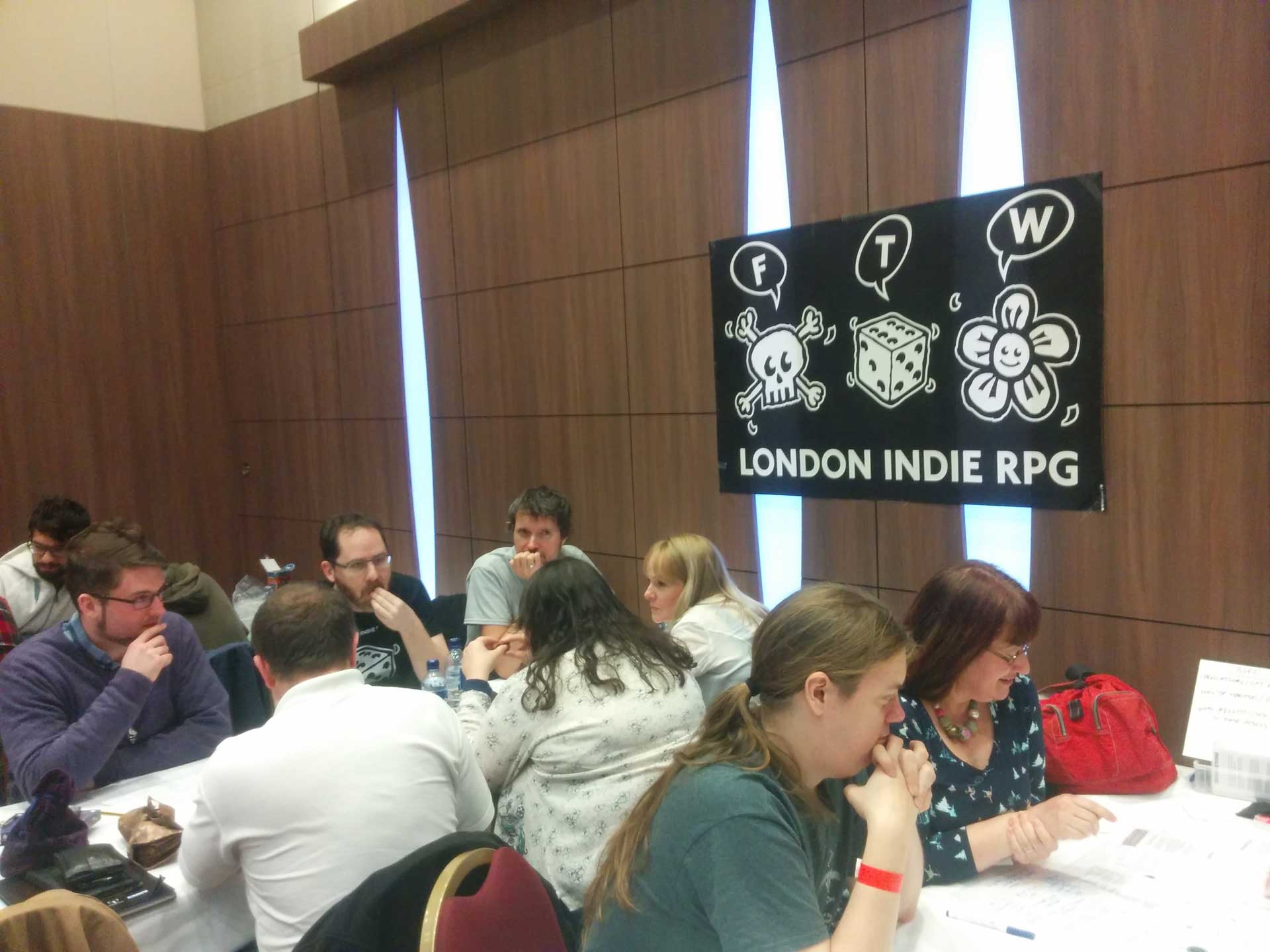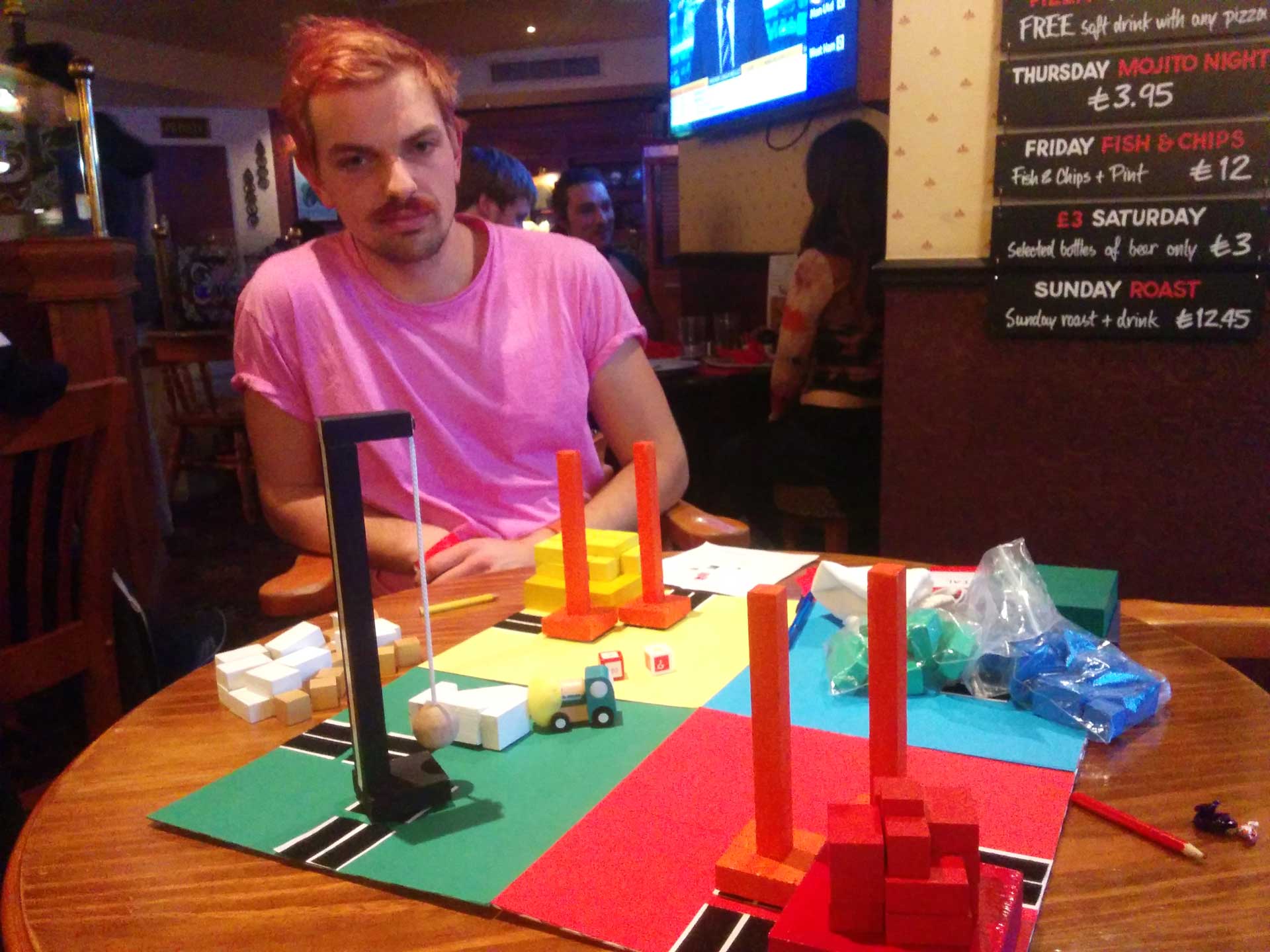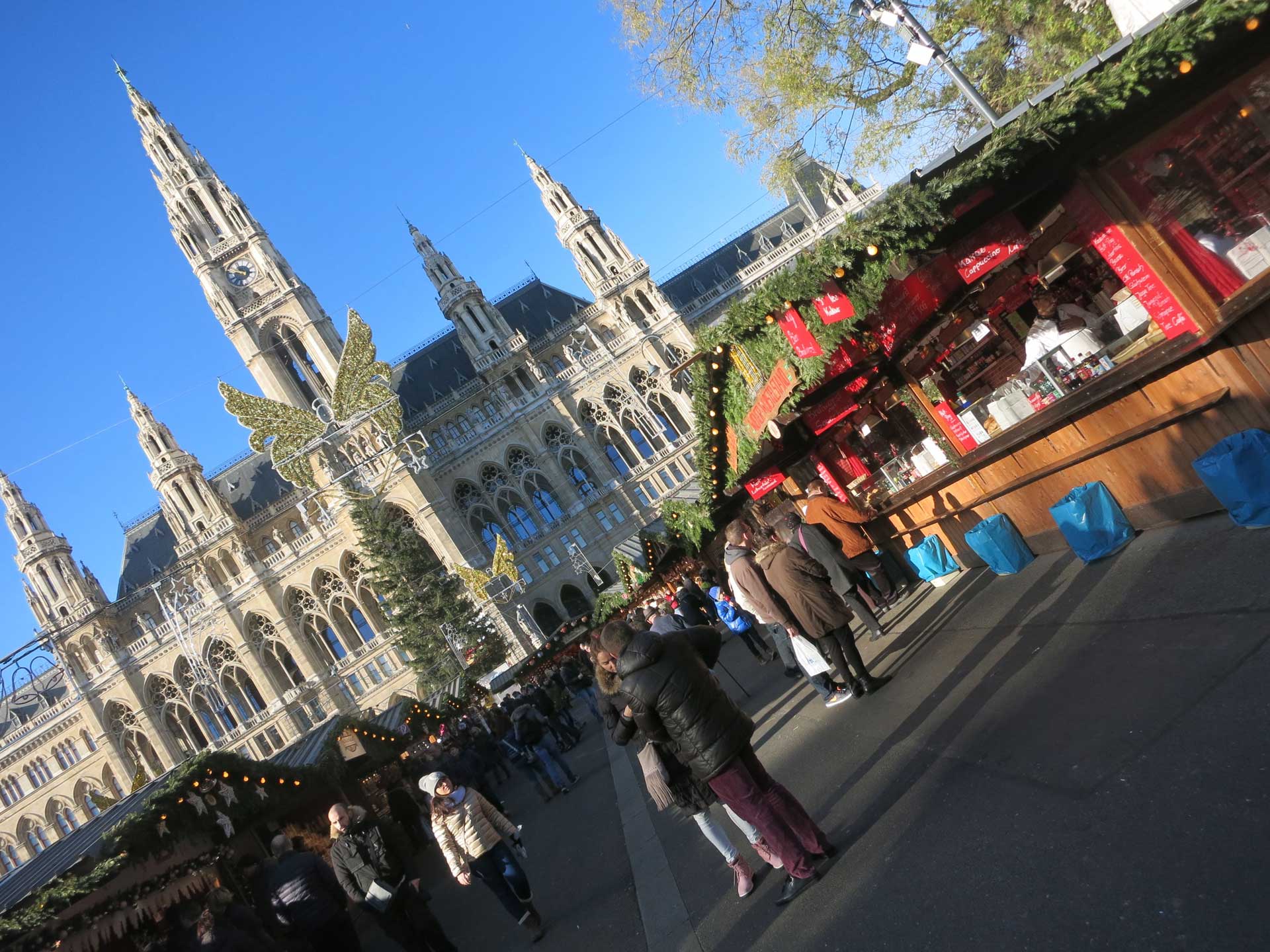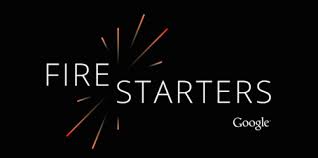
This newsletter was originally published via email on the 13th March 2016. You can also sign up to receive Ice Cream Sundae with the form on the right-hand side column or here (The newsletter format shifted from long to shorter form since).
My name was meant to be double barrelled: Willem-Anthony.
I was named after both my grandfathers. You can probably guess Willem was my Dutch grandfather on my father’s side. Unfortunately I never knew him, he passed away before my birth. My middle name is Anthony — for some reason it was changed from my grandfather’s name Antonio. My mom told me it was also meant to be the second part of a double-barrelled name: Willem-Anthony. In my opinion that idea was sensibly corrected by whoever was working at the birth registry office that day and Anthony became my middle name.
Antonio Fernandez is my Spanish grandfather. His wife Carmen passed away before my birth. He’s still very much around though and if I’m not mistaken he’ll be celebrating his 95th birthday later this year. Today is not linked to any dates in particular; I just thought I’d write about him and my Spanish ancestry.
He was born in Almería, a city in Andalucia situated in the Southeast of Spain on the Mediterranean Sea. I visited once; thinking it would be a nice idea to explore the area. It’s a port town with regular ferry and cargo connections with Northern African countries. The surrounding area boasts many greenhouses and fields growing fruit for export. Nearby is the driest area of Europe and the continents only true desert climate: El Desierto de Tabernas.
If you’ve seen Spaghetti Westerns, you’ll be familiar with the Tabernas Desert near Almería in Spain.
If you’ve watched any Sergio Leone’s Spaghetti Western movies, you’re pretty familiar with what the area looks like. Starting in the 1950s several film studios set up in the Tabernas Desert. I visited Mini Hollywood, whereFor a Few Dollars More was shot in 1965 and The Good, the Bad and the Uglyin 1966. They turned it into a tourist attraction though it is still occasionally used for commercial filming. There is a daily cowboy stunt show that was fun. It’s definitely worth checking out if you’re in the area.
I also recommend going to the southeastern peninsula of Spain in the Cabo de Gata-Níjar Natural Park, beautiful walks to go on in Spring or Autumn on the ancient volcanic rock cliffs and cactus pear (Barbary fig) fields. I was there in April several years ago. It was still too cold to swim in the sea but the right weather to go hiking. It would probably be really hot to walk around in the summer. Take the opportunity as I did to visit another famous film set: Playa de Mónsul, a beautiful beach where a scene from Indiana Jones and the Last Crusade was filmed. San Jose is a great base for a couple of days to explore the Natural Park. It used to be a little known secret, though I think more people have been visiting in the past few years.
I also recommend a fantastic book that begins in Almería: Andalus: Unlocking the Secrets of Moorish Spain, by Jason Webster. A brilliant read about searching for what’s left of the thousand years of Moorish occupation during the Middle Ages in modern Spain.
My grandfather wanted to fight Franco’s army in the Spanish Civil War. He was only fifteen years old.
All that said, my grandfather was only born in Andalucía. He grew up in the geographic centre of Catalonia, in Manresa. He was only fifteen when theSpanish Civil War started. He wanted to go fight Franco’s Army with the Republicans, along with his brothers, but his family didn’t let him. At least this is the story he told me. By the end of the Civil War, Franco had won and Antonio was old enough to be drafted in his army. He was sent to Spanish Morocco for training. His main goal was to rebel and he still had thoughts of joining the small band of resistance fighters, mostly operating from the Pyrenees Mountains in the Basque country and Catalonia.
Shortly after arriving in Morocco he deserted with a small group of like-minded friends. They managed to cross the border into French Morocco and hid there while looking for a boat to take them across the Mediterranean Sea. This was the middle of World War II, not many ships available or captains too keen to cross German infested waters. I recently learned from my aunt this was also the time he started playing chess. He was broke, in hiding and waiting. He played chess ever day for over two years. I also imagine him drinking a lot of mint tea though I have no evidence for that.
If I understood the last part of the story he told me correctly, they didn’t secure transport until after Operation Dragoon had taken place in August 1944, the Allied invasion of southern France. The German armies withdrew after the invasion and southern France ports slowly started operating again. Antonio arrived in Marseille; presumably late 1944 or early 1945 though don’t quote me on dates. He’d heard the Republican Spanish government in exile was based in Toulouse, so he made his way over there. I’m writing his story from memory when he told me about a few years ago and I hadn’t grilled him on dates to get a firm chronology.
He met my grandmother and stayed in Toulouse. As far as I know he never fulfilled his ambitions to join the Spanish Maquis in their guerrilla war againstFranco’s regime. He started a masonry and construction business instead, and kept playing chess. He still plays most days at the Centró Español in Toulouse. He taught me how to play when I was a child but I’ve never pursued this as an interest and I haven’t played in years. He travels a lot; he went on two Transatlantic cruises last year. He’s just gone on another trip to Spain this week.
My grandfather is a bit of a hoarder. When I visited as a kid I was both fascinated and weirded out by the stuff in his apartment.
Antonio still lives in the same apartment my mom and her siblings grew up in, a council estate called Les Mazades. He’s a bit of a hoarder. When I visited as a kid growing up I was fascinated and weirded out by his apartment in about equal parts. It was like exploring stacks of treasure and artefacts from the past, but it was also musty, old and dusty. After close inspection most of the stuff to explore wasn’t all that exciting.
He kept huge stacks of stuff on a large wooden unit in the living room and on the main dining table. I’d take a peek, a lot of were 10–15 year old promotional supermarket or retail offers. Completely out of date. He’d tell me not to touch his stuff. He was never a particularly warm character. Talking about post World War II geopolitics is his favourite topic. I didn’t understand much about what he said until I studied it in high school. Before that we’d play chess, or I’d explore stuff in his apartment while my parents talked with him.
For Christmas he’d occasionally pull something out of a stack of hoarded stuff and hand it to me. More often than not it turned out to be a branded promotional watch he’s been given. I wasn’t convinced when he’d say he was keeping it for me but I’d play along and thank him. To this day he still pretends he doesn’t know who I am whenever I talk to him or visit. He also says it’s a mistake when I call him papi, given he’s way too young to be anyone’s grandfather.
I was usually a pretty nice and well-behaved kid, except for that one time. Well, maybe not the only time but this one had to do with my grandfather. I was about ten or eleven years old when he turned 70. At that point I read several kids magazines that featured gadgets and pranks of various kinds. For a short while I was fascinated with stuff from joke shops.
I used my pocket money in a joke shop to buy coloured smoke bombs that seemed pretty wicked.
We went to Toulouse for his birthday celebrations. A few days before that I used some of my pocket money in a joke shop to buy a few things, including coloured smoke bombs that seemed pretty wicked. I was with my cousin Manuel, he’s about my age and we spent a lot of time together on holidays when we were kids. In front of the Mazades’ main block of flats was a sandy and ugly play area with the strangest kids play area.
The implements looked like a kids playground from afar, but close-up you’d realise it was actually all made of concrete. We’d still go and hang out there, rasp our bums and ruin our clothes on the big concrete slide. I tested one of the smoke bombs, a yellow one, and it turned out to be pretty effective. That’s where I came up with the idea I candidly believed would surprise and delight my family around the dining table.
A couple of hours later, the large table was set for everyone. I’m not sure how many we were, I’d guess at least 12 or 15 people sitting down for the kind of all afternoon lunch we tend to have in Spanish families. In the middle of Antonio’s birthday meal, as everyone was eating Paella, I discreetly lit a purple smoke bomb and threw it under the table.
Thick purple smoke quickly rose from under the table. Let’s just say I was a slightly off the mark with my “surprise and delight” intended effect. My mischievous smile was wiped clean off my face as I realised the grown ups didn’t think this was fun at all.
My mom and aunts completely freaked out. They were terrified and thought the living room was on fire. I only realised later it was probably a healthy reaction to sudden large amounts of smoke rising from the dining table. I guess I’d have a similar reaction nowadays. Not to mention the smell wasn’t that great either. I can’t remember details of how the rest played out, but someone — maybe me, pointed out it was just supposed to be a joke, people calmed down and the smoke bomb was thrown out on the balcony. Grown ups argued whether this was funny or not, with the latter opinion winning that debate. Windows were opened to air the room. I was justifiably told off. That marked the end of my interest in stink bombs and other prank shop favourites.
On the plus side, I learned to consider what other people might think of something and how they’d appreciate it before doing it. Funny enough being to learn about people and putting myself in their shoes to consider what they’d appreciate is an important part of my job as a strategist.
As I remember it my grandfather stayed pretty calm throughout, the smoke didn’t particularly seem to disturb him. He can easily grumble and get angry, on the other hand I don’t think I’ve ever seen him show surprise. I haven’t seen him in a few years, it would be nice to go visit this year. He’s not going to be around forever and I’m pretty sure he still has many stories I don’t know about.
Do you have a close family member whose stories you haven’t heard? You might want to ask them while they’re still around.
I hope you enjoyed reading this. This is the first time I’m sending a Sundae late; I thought I’d acknowledge it. You can blame procrastination for that.
This week on the podcast, I’ve published an interesting conversation I had with Tanya DePass who created a community and movement to promote diversity in the art of gaming.
On the work front, I should be completing my current freelance work this month and I’m starting to look for new freelance project(s) in London starting next month. If you hear of anyone in need of marketing strategy and advice, please give me a shout.
Enjoy the rest of your weekend!
Best,
Willem





